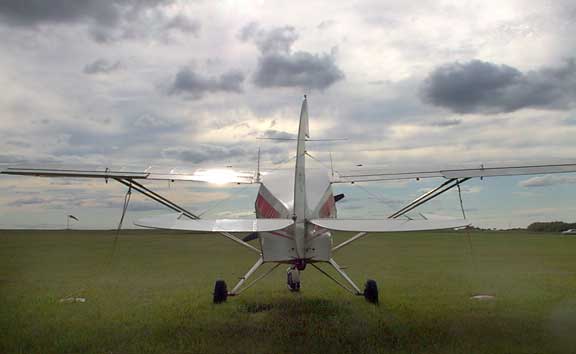 |
|
The Flying Fifties |
| FTLComm - Tisdale - Friday, June 29, 2001 |
| The history of North America differs dramatically from other parts of the world simply
because of the time it was settled and the remarkable geography combined with the
element of time. When historians look at most world conditions they are confronted with conflict, political intrigue, and the struggle of humans with each other. But North America has been dominated with its sheer size and the overwhelming interaction between the inhabitants and the land and its challenges. This may explain why the most significant events of this continent involve 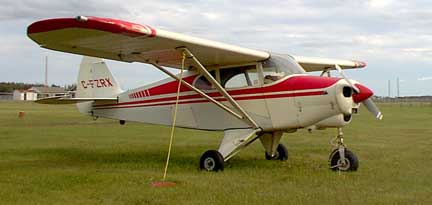 transportation. The voyageurs, pony express, railways,
the private car, turnpikes and private general aviation. transportation. The voyageurs, pony express, railways,
the private car, turnpikes and private general aviation.The evolving phenomena of the automobile is hardly over and yet it has dominated North American culture for a full century so much so that for most of the twentieth century the automotive industry was the main driving force in the continent's economy. Aviation seems to be really an extension, that one step further that people have taken with regard to personal transportation. |
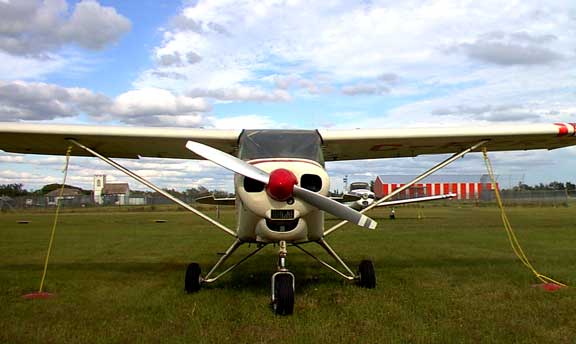 |
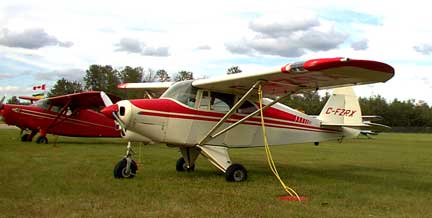 All of the three major aircraft manufacturers were companies founded by individuals who gave their companies their name. Mr. Beech, Mr. Piper and Mr. Cessna and all of the other smaller companies were similar. Personal airplanes were designed and built by individuals. The Piper Pacer (PA22) was featured in Ensign showing a tail dragger version of this enormously successful and yet simple aircraft. This |
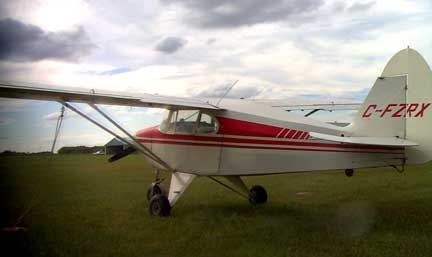 1955 example was brought into Canada in 1971 and is owned and operated by Alfred Bernesky of Arborfield. With four seats and capable of travelling at 125mph this fabric covered machine weighs on 907 Kg. Piper introduced this safe and useful means of air travel along with its stable partners the Pony and Colt in the early and mid fifties and they were on there way to becoming a convention means of distance travel. Mr. Cessna of Wichita Kansas was busy turning out |
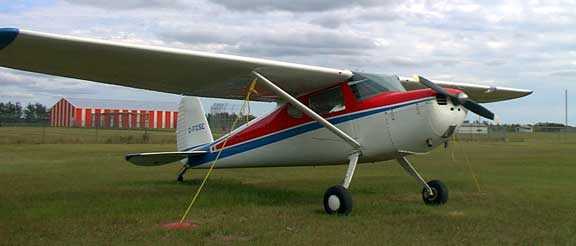 |
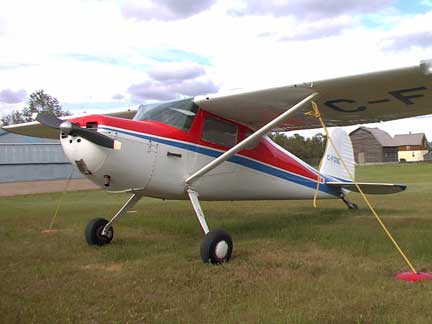 his version of mass air transport. This all metal 1950 two seat 140a was the entry level machine and it weighs only 705Kg. This particular aircraft is owned by Donald Edmunds of Tisdale and came into Canada brand new. With the darkness of world war two behind, North Americans had an attitude that anything was possible. The sky was not the limit. This attitude of personal freedom and self determination has often been described as the "American" way of doing things but it was also the Canadian way because Canadians took to the air equal to their American counterparts and there was a general assumption that in time the light aircraft would replace the car as the family's means of transportation. The exuberance of the fifties did not stop as the manufacturers had just begun to develop really practice aircraft. The PA22 was the last Piper high wing as their Hershey bar low winged Cherokee machines soon were in the air and were even more popular than the Pacer. For Cessna the 140, 170 and 180 were in the process of becoming tricycle geared 150, 172 and 182 air sedans. Family and personal means of transportation, safe and dependable, easy to operate and affordable in the good economic times of the late fifties and early sixties. We will all ponder why this trend ground to halt with the tight money of the seventies some suggest it was a dampening of the human spirit by the reactionary forces of right wing economics and short sighted goals of political and social leaders. Now only thirty years later it is still to soon for a judgment, only time and perspective will give historians a chance to really figure out what poured cold water and above ground transportation. |
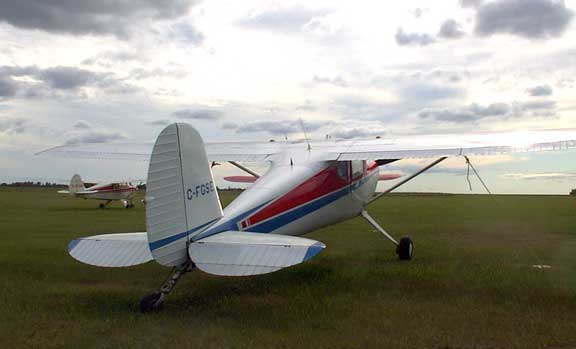 |